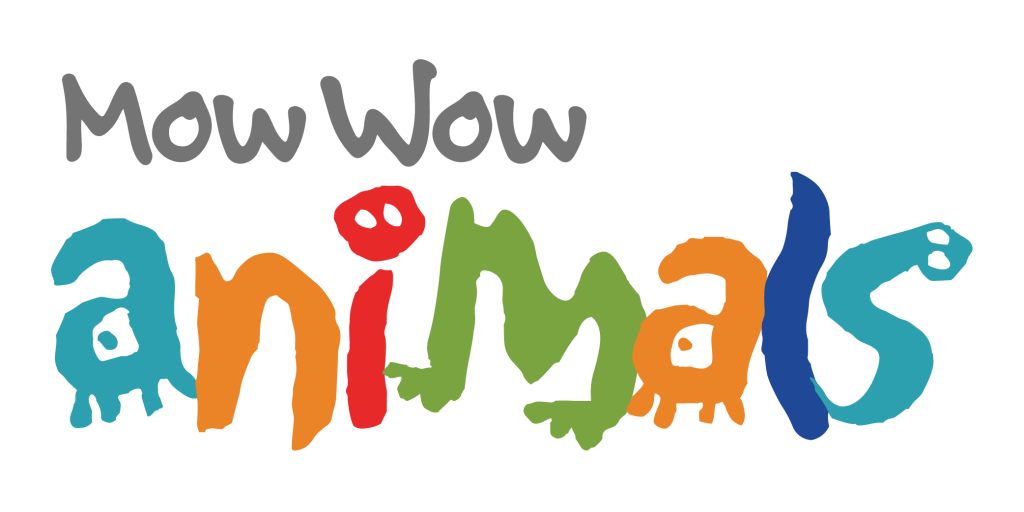Goal
To lay the foundation for understanding each person’s responsibility toward the earth’s life systems and the creatures who are part of them.
Content
What better way to introduce children to humane education and responsible behavior toward animals than to teach them about animals in the natural world? Children will learn that some animals are nocturnal and forage and mate during the night, while diurnal animals are active during the day. Children will also learn that, like themselves, all animals need to eat, sleep, and find shelter. In this unit:
- Children will begin to learn what constitutes the natural world and what makes the natural world important.
- Children will begin to identify and learn about different animals and how they help support the earth’s life systems.
- Children will begin to understand that they too are part of these life systems and that what they do affects the other creatures.
- Children will begin to develop empathy for animals by seeing how their own needs and happiness are similar to those of animals.
Click here to view California Standards Alignment.



